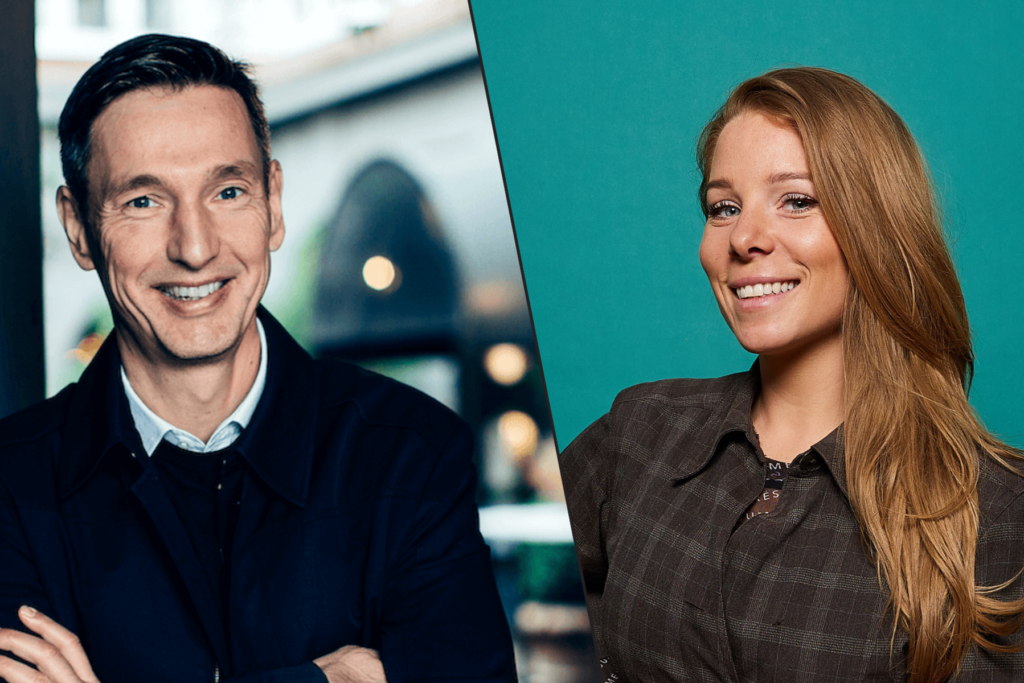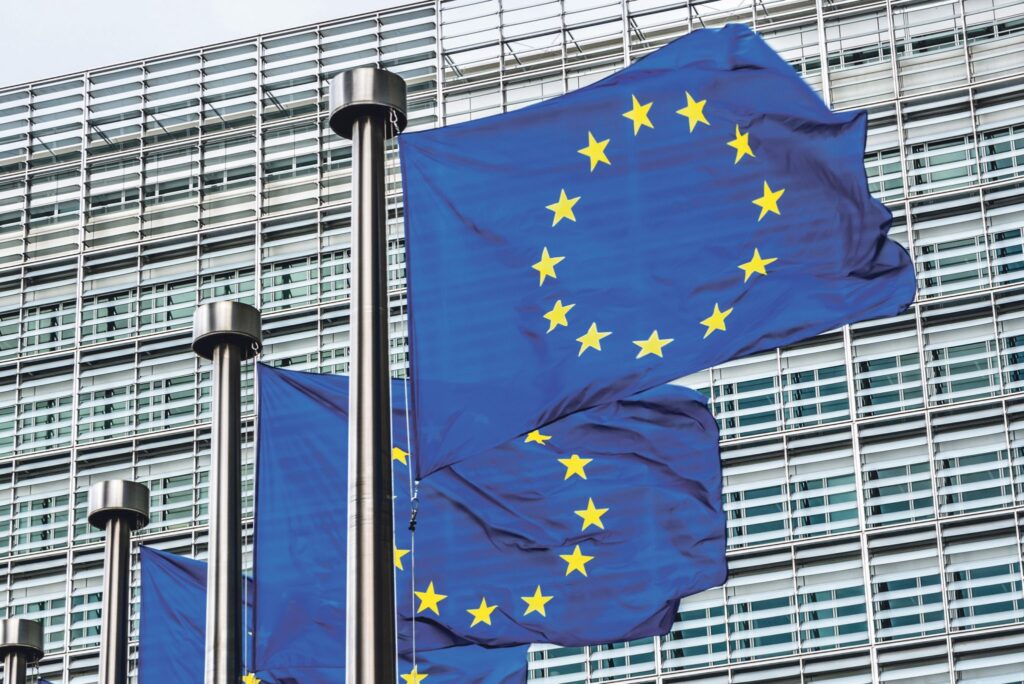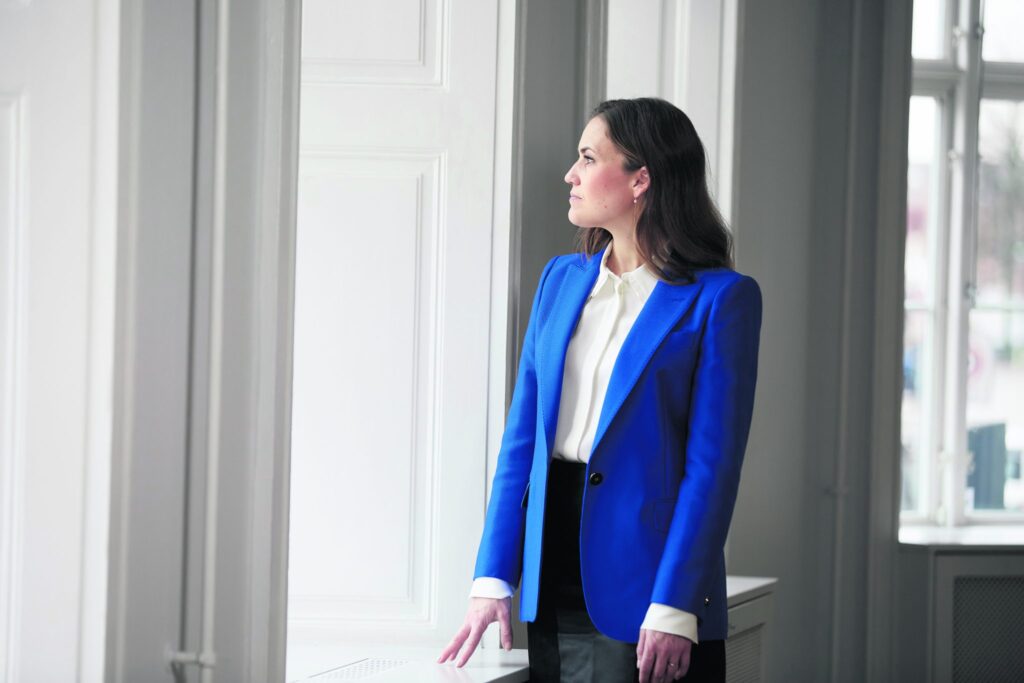Executive
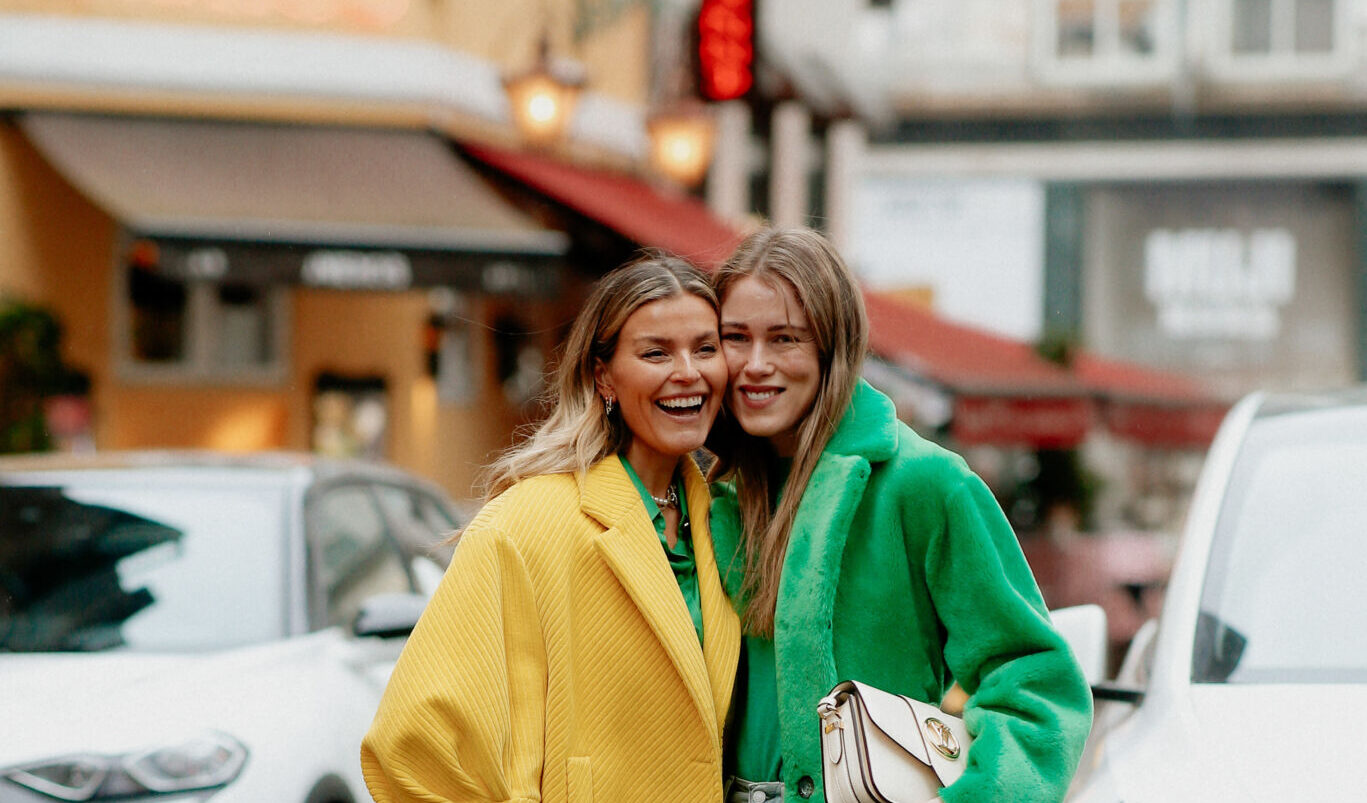
Nordic influencers:
Why you need them to market your brands
Bibi Christensen
Over the past 5 or 10 years, a massive shift has happened in the media landscape with the ever-growing popularity of digital social media platforms like YouTube, Instagram, Facebook, Twitter and TikTok. Brands are increasingly ditching traditional media channels to market themselves through the new stars of this digital explosion: The influencers whose engagement with their followers offers a completely different way of connecting brands with consumers.
While this is a global phenomenon, it’s not surprising to see the Nordics leading the way in embracing influencers thanks to some of the highest social media penetration rates in the world. According to data from Statista as per February 2022, some 90,8 percent of the Swedish population use social media, with Norway and Denmark not far behind at 86.5 percent and 85.3 percent, respectively – impressively high compared to a global figure of 53.6 percent. Among the most prominent influencers in the region are top footballers such as Victor Lindelöf, music artists and actors such as Pernilla Wahlgren, reality TV celebrities such as Bianca Ingrosso (who happens to be Pernilla Wahlgren’s daughter), and models like Philine Roepstorff or Darja Barannik. The market also includes creatives such as photographer Marcus Valeur, fashion consultants such as Janka Polliani and lifestyle bloggers such as Emily Salomon.
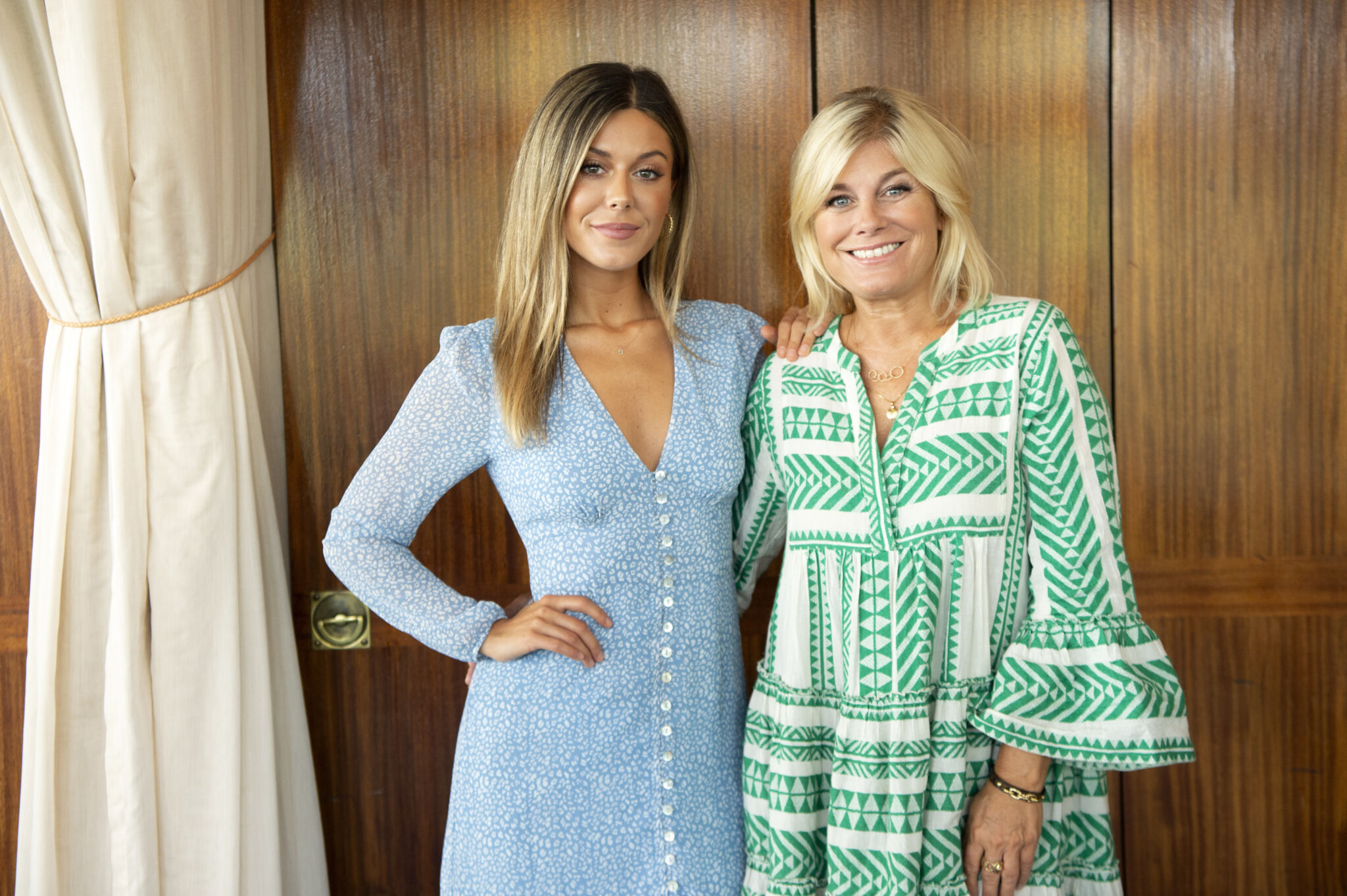
From top tier to micro influencers
But the world of influencer marketing spans very widely from top-tier stars with large numbers of followers on social media right down to so-called micro influencers who may not tick up quite as many subscribers but get a different level of engagement with those followers or come with a different level of authenticity or authority/expertise. It’s is not just a massive growth market. It’s also becoming increasingly serious, professional and sophisticated, and it’s increasingly powered by strong data analytics showing brands exactly what they get for their bucks. And they really are big bucks, or can be. While some influencers are part-timers who don’t necessarily get paid except with free product samples, for more and more influencers it’s a full-time job. And at the very top, it’s a job that brings in serious earnings.
A top influencer such as Sweden’s Bianca Ingrosso, who has 1.3 million followers on Instagram and nearly 400.000 subscribers on YouTube, was able to clock up more than 200 million SEK in earnings in the 2020 financial year, thanks partly to expanding from influencing to running her own beauty brand, Caia Cosmetics. The dramatic shift in how businesses across the Nordics have embraced influencers to market their brands and products is noted by Maiken Julia Lonka, managing director of Amaze Communication, a Copenhagen-based strategic communication agency that specializes in influencer marketing, social media and PR work. In the nearly 8 years since Amaze was started in 2014, the agency itself has seen its work shift along with the media market. While traditional press work covered some 75 percent of the agency’s business back then, influencer marketing now takes up about 70 percent, with the rest covered by other social media activities and only a small amount of press work. That’s completely in line with the wider market trend, she notes.
“You could say that either we jumped on that wagon and went along with that development or we would have found it hard to run a business today,” says Maiken Julia Lonka.
She traces influencer marketing back to its roots in internet bloggers – in a way, more similar to traditional editorial articles and product reviews – whereas today’s social media have brought in far more of a visual element, entertainment value and eye-catching “events”.
Sweden leads the Nordics
Amaze originally focused on clients in beauty and natural skincare such as Danish health, beauty and wellbeing chain Matas and the natural skincare brand Weleda, but now works with a much wider range of brands in the lifestyle area, such as Nordic spirits and wine distributor Hans Just, candy maker Haribo, footwear giant Ecco, bread and baking manufacturer Valsemøllen and jam producer Den Gamle Fabrik. Among the influencers that the agency has collaborated with are Emilie Lilja, a Danish model, DJ and podcast host who particularly advocates sustainability (72.900 followers on Instagram), and prominent Danish lifestyle blogger and writer Emily Salomon (66.000 followers on Instagram). Although there are cultural differences across the Nordic countries, Maiken Julia Lonka sees very similar trends in influencer marketing across Denmark, Norway and Sweden. But she points to Sweden as by far the most advanced market for influencer marketing.
“We really look in the direction of Sweden for trends and developments. Influencers are more well paid in Sweden, and it’s a bigger market than Denmark and Norway. In that sense they are really a few years ahead of the trend in Sweden.”
Look at the data and find the best match
According to Maiken Julia Lonka, the two most important things to look at for businesses wanting to collaborate with influencers are looking at the increasing amount of data that is now available and finding a good match between the brand and the influencer. Influencer marketing is now hugely data-driven, allowing marketers and their consultants to look more closely at an influencer’s profile and their followers. Are they relevant to the brand? What is the age or gender distribution of the followers? How wide is that influencer’s reach? Does the influencer get a high engagement rate from their followers, i.e. people interacting with the content?
There are deep data analytics to mine here. And any influencer worth their salt will have these data metrics available for brands and agencies wanting to collaborate. Other factors to consider when looking for a good match is whether the influencer supports the image that a brand is aiming for. This might involve using a more glamourous influencer, say Weleda collaborating with model and DJ Emilie Lilja to add a bit of fashion stardust to their affordable range of sustainable and organic skincare products. That’s just one example of a collaboration that Amaze has worked on. “Of course it’s important to maintain the integrity that’s involved in working with, say, ecology and sustainability but then to lean against something that might be missing from the brand,” Maiken Julia Lonka explains.
“It’s really a slice of these influencers’ daily lives that you get to have. You get to borrow some of their personalities for your brand.”
Stardust vs authentic voices


But that stardust celebrity also needs to go hand in hand with an authentic voice – in this case Emilie Lilja generally promoting sustainability. Authenticity, trust and authority are increasingly important when working with influencer marketing, as most followers are likely to see through any lack of credibility or hint of “selling out
In this sense, micro influencers are increasingly a segment being used by brands to focus less on the celebrity factor and more on whether the influencer is more at eye level with their followers. Maiken Julia Lonka also advises companies to consider whether they want to work on wider brand awareness versus shorter sales pitches for specific products. A clear trend in influencer marketing is towards engaging in longer-term partnerships to build brands. This relates to another trend towards influencers working with fewer brands across a longer time frame, as opposed to promoting several different brands short-term and thereby running the risk of being seen as too eager to cash in on marketing opportunities.
Influencers want to get paid: “Respect that it’s their livelihood”
And in terms of cash, the market really is moving towards much bigger budgets being spent on influencer marketing, and towards more and more influencers getting paid for their work.
“Just a few years back, we did a lot of free publicity where influencers received a product for free and got to test it, with the expectation that they would hopefully create some publicity. You don’t get as far with that now,” Maiken Julia Lonka says, stressing that influencers increasingly expect to get paid and to make a living out of it
“The trend is clearly going towards paying them. And clearly the big ones get more than the smaller ones,” she adds.
“You need to respect that it’s their livelihood. Though having said that, it’s still the reality in the Danish market and also in Norway – but less so in Sweden – that you can sometimes create publicity without necessarily having a financial exchange between a brand and an influencer.”
Avoiding “shitstorms” and “body pressure”
But with the growing popularity of influencer marketing also comes a host of risks and legal issues to be aware of. Influencers receiving free products to review need to declare these to the Danish tax system, for instance, and advertising laws now require influencer marketing to be clearly labelled as advertising. Similarly, new rules in Norway require advertisers and influencers to disclose where images have been altered, a change in laws that was brought in to address issues of “kroppspress” or body pressure on social media, especially affecting young people. Several of Norway’s top influencers, including fashion presenter Janka Polliani and YouTuber Agnete “Agnetesh” Husebye, who in 2019 was voted Norway’s “Influencer of the Year”, have backed the new law.
And then there is the risk of an influencer’s behaviour having a negative impact on a brand. Maiken Julia Lonka mentions the example of Danish influencer Mette Marie Lei Lange landing in a social media “shitstorm” with a post on footballer Christian Eriksen’s collapsing on the pitch during a match with a heart attack.
“I actually felt sorry for her. The post was unfortunate, but she also paid a huge price for it. If you’re a public face, and many influencers are, then there’s just no mercy,” Maiken Julia Lonka says.
And then there is the whole issue of “fake” followers and engagement that can be “bought” or using bots to push content that may not be easy to stop. Influencer marketing can be a minefield. But it’s reaching a new level of professionalism. And it’s fast becoming the mainstream.

